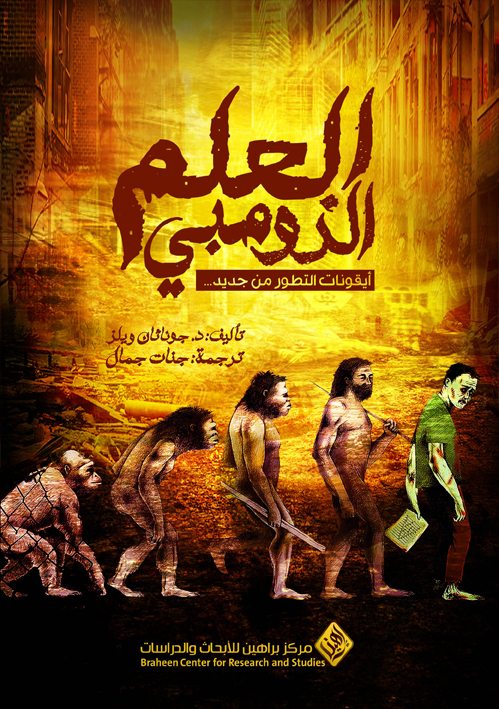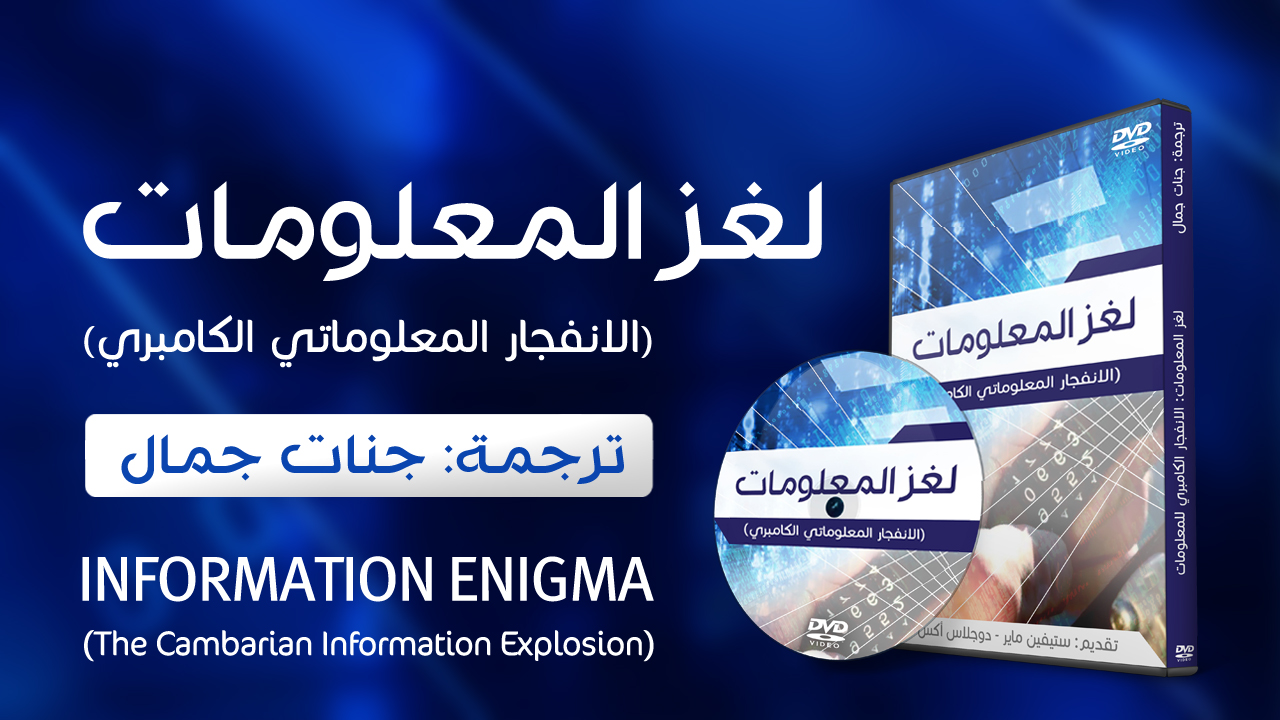كيف اكتشفت المضادات الحيوية؟
وكيف تحدث مقاومة المضادات الحيوية؟
وما علاقة نظرية التطور الداروينية بها؟
إجابة هذه الأسئلة وأكثر تجدونها في الحلقة الثانية من سلسلة (الطب الدارويني) مع د. هشام عزمي.
* للمزيد يرجى مراجعة الفصل الثامن من كتاب (العلم الزومبي) لجوناثان ويلز.
المصادر:
- Alexander Fleming, “On the antibacterial action of cultures of a Penicillium, with special reference to their use in the isolation of B. influenzae,” British Journal of Experimental Pathology 10 (1929): 226–236. http://www.asm.org/ccLibraryFiles/FILENAME/0000000263/21-3flemingchainabraham.pdf
- Ernst Chain, Howard W. Florey, Arthur D. Gardner, Norman G. Heatley, Margaret A. Jennings, Jean Orr-Ewing, and A. G. Sanders, “Penicillin as a chemotherapeutic agent,” The Lancet 239 (1940): 226–228. http://www.asm.org/ccLibraryFiles/FILENAME/0000000263/21-3flemingchainabraham.pdf
- Albert Schatz, Elizabeth Bugie, and Selman A. Waksman, “Streptomycin, a substance exhibiting antibiotic activity against gram-positive and gram-negative bacteria,” Proceedings of the Society for Experimental Biology and Medicine 55 (1944): 66–69.
- J. C. Walker, Benjamin Minge Duggar, 1872–1956: A Biographical Memoir (Washington, DC: National Academy of Sciences, 1958). - Benjamin M. Duggar, “Aureomycin; a product of the continuing search for new antibiotics,” Annals of the New York Academy of Sciences 51 (1948): 177–181. PMID:18112227.
- Alexander Fleming, “Banquet Speech,” Nobel Prizes and Laureates (December 10, 1945). http://nobelprize.org/medicine/laureates/1945/fleming-speech.html
- Ernst Chain, “Social responsibility and the scientist in modern western society,” Perspectives in Biology and Medicine 14:3 (1971): 347–369. doi:10.1353/pbm.1971.0028. PMID:5103428.
- Selman A. Waksman, “The role of antibiotics in natural processes,” Giornale di Microbiologia 2 (1956): 1–14.
- Philip S. Skell, “Why Do We Invoke Darwin?” The Scientist 19:16 (August 29, 2005): 10. http://www.the-scientist.com/?articles.view/articleNo/16649/title/Why-Do-We-Invoke-Darwin-/
- Edward P. Abraham and Ernst Chain, “An enzyme from bacteria able to destroy penicillin,” Nature 146 (1940): 837. doi:10.1038/146837a0.
- Heather K. Allen, Justin Donato, Helena Huimi Wang, Karen A. Cloud-Hansen, Julian Davies, and Jo Handelsman,“Call of the wild: Antibiotic resistance genes in natural environments,” Nature Reviews Microbiology (2010): 251–259. doi:10.1038/nrmicro2312. PMID:20190823.
- Vanessa M. D’Costa, Christine E. King, Lindsay Kalan, Mariya Morar, Wilson W. L. Sung, Carsten Schwarz, Duane Froese, Grant Zazula, Fabrice Calmels, Regis Debruyne, G. Brian Golding, Hendrik N. Poinar, and Gerard D. Wright, “Antibiotic resistance is ancient,” Nature 477 (2011): 457-61. doi:10.1038/nature10388. PMID:21881561.
- Eugenie C. Scott, “Dealing with anti-evolutionism,” Reports of the National Center for Science Education 17 (July–August 1997): 24–30. http://www.ucmp.berkeley.edu/fosrec/Scott1.html, and http://www.ucmp.berkeley.edu/fosrec/Scott2.html
- Carl Zimmer, Evolution: The Triumph of an Idea (New York: Harper Collins, 2001), 336.








